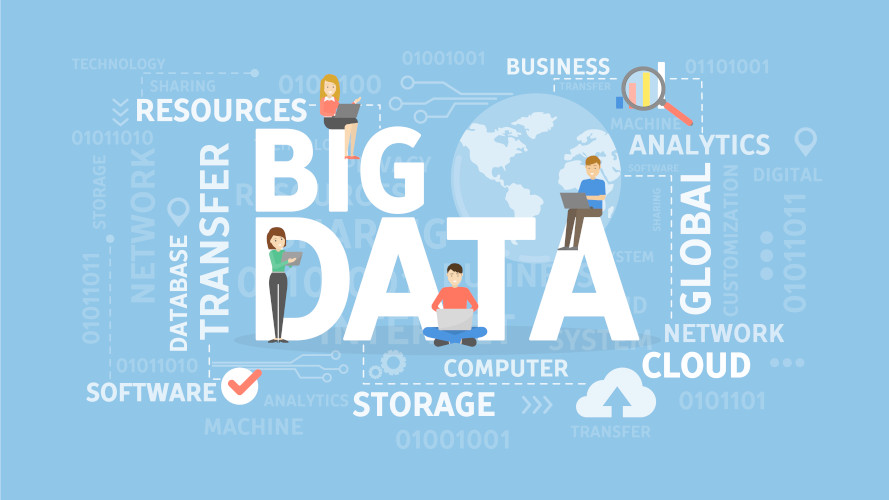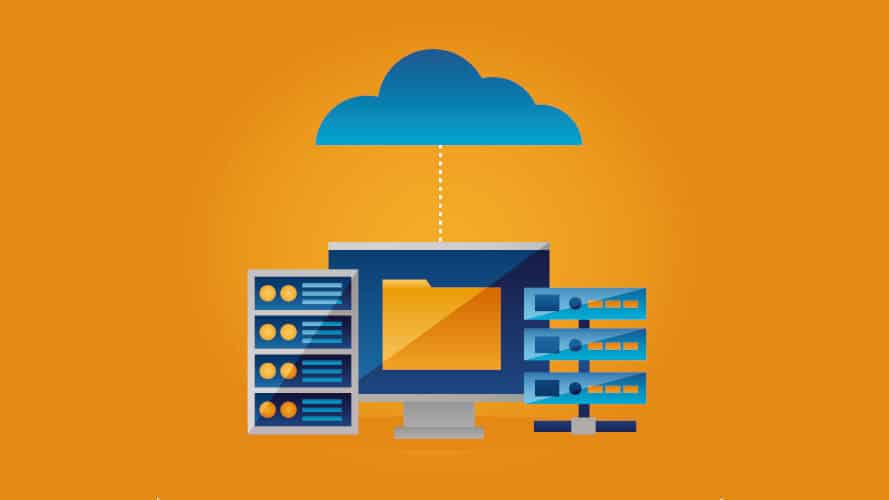In the era of Big Data, speed in data processing becomes a critical factor for both users and businesses. To optimize it every detail counts, including geographical proximity. This is where edge computing, an emerging computing paradigm, comes into play. But what is it? How does it work? What are its benefits? We tell you all about it here.
What is Edge Computing?
Definition and background
Edge computing is a new way of computing that seeks to minimize data processing time by bringing the data source as close as possible to the processing location.
With edge computing, the processing capability is not centralized in a distant data center, but rather located close to the user.
In this way, it is possible to process large amounts of data much more quickly. This translates into more reliable and flexible services for both businesses and individual users.
Edge computing emerged as a response to the proliferation of Big Data. The first Content Delivery Network (CDN) was created in the 90s, focused on images and videos. However, with the rise of mobile apps and smart devices, CDNs have evolved to handle much heavier workloads.

Edge Computing vs. Cloud Computing
Although it is often contrasted with cloud computing, edge computing is, in fact, complementary. While cloud computing provides remote access to dematerialized computing resources that are stored “in the cloud” but remain centralized in data centers, companies can leverage both services to improve their geographic distribution and enhance performance.
How does Edge Computing Work?
Edge computing reduces latency by bringing data processing closer to the user. It leverages different elements:
- Edge Devices: these include smartphones, wearables, smart speakers, sensors, POS systems, etc. It’s crucial that they have local computing capacity and communicate with the cloud.
- Network Infrastructure: such as routers, but not necessarily a dedicated network.
- Local Infrastructure: this includes servers, containers, hubs… that act as bridges between local systems and the network.
Benefits of Edge Computing
Advantages of Edge Computing
The adoption of edge computing is due to its multiple benefits:
- Data Security: essential for processing sensitive information with low latency, even offline, ensuring reliability and data protection.
- Processing Power: a significant improvement in performance, productivity, and business adaptability.
- Costs: allows for reduced network expenses and minimizes interruptions, shortening transmission times.
- User Experience: high availability of applications for all users, crucial in cases like augmented and virtual reality.
- Real-Time Analysis: enables immediate decision-making based on the instant analysis of information.

Applications of Edge Computing
Edge computing has the potential for cross-sectoral integration in multiple sectors:
- Autonomous Vehicles: require real-time data processing for safe driving, even with unstable connections.
- IoT Sensors: in manufacturing, produce huge volumes of data that, when processed quickly, improve production and reduce errors.
- 5G Networks: telecom operators use virtual machines instead of physical equipment, where edge computing is essential to maximize network performance.
Marketing, web development, production, logistics, gaming… edge computing is already everywhere.
Whether you aspire to be a data analyst, data scientist, data engineer, or DevOps expert, understanding and mastering edge computing is fundamental. To start, join DataScientest!










